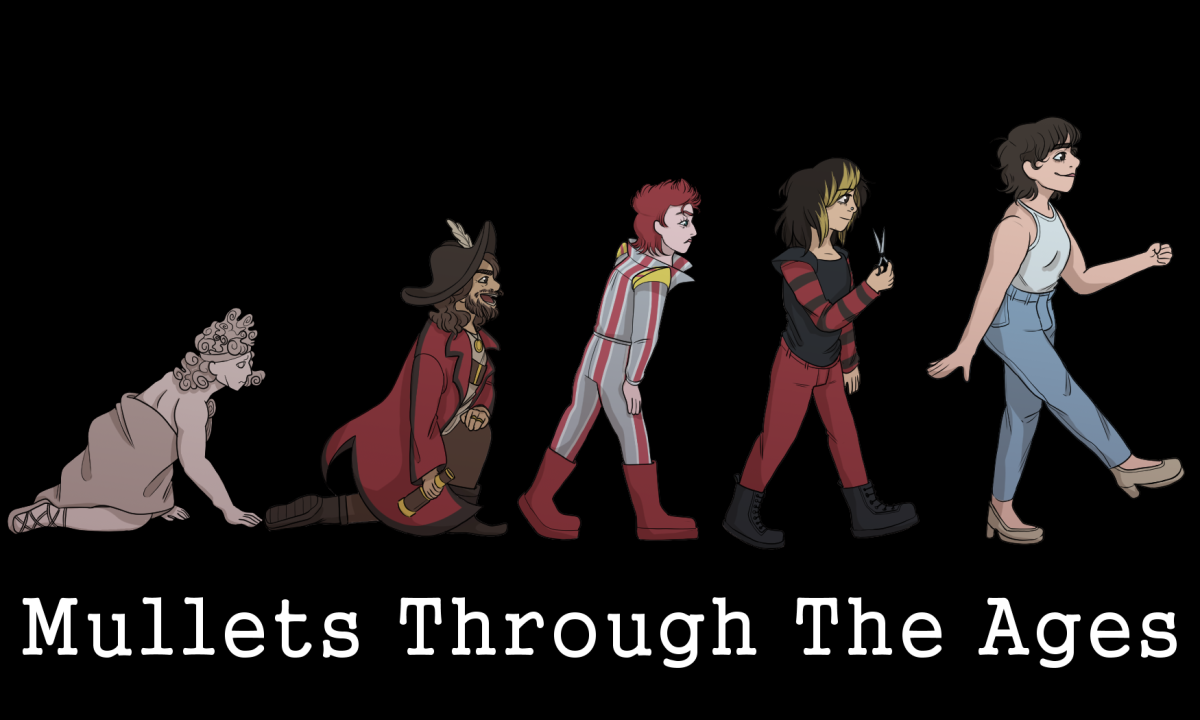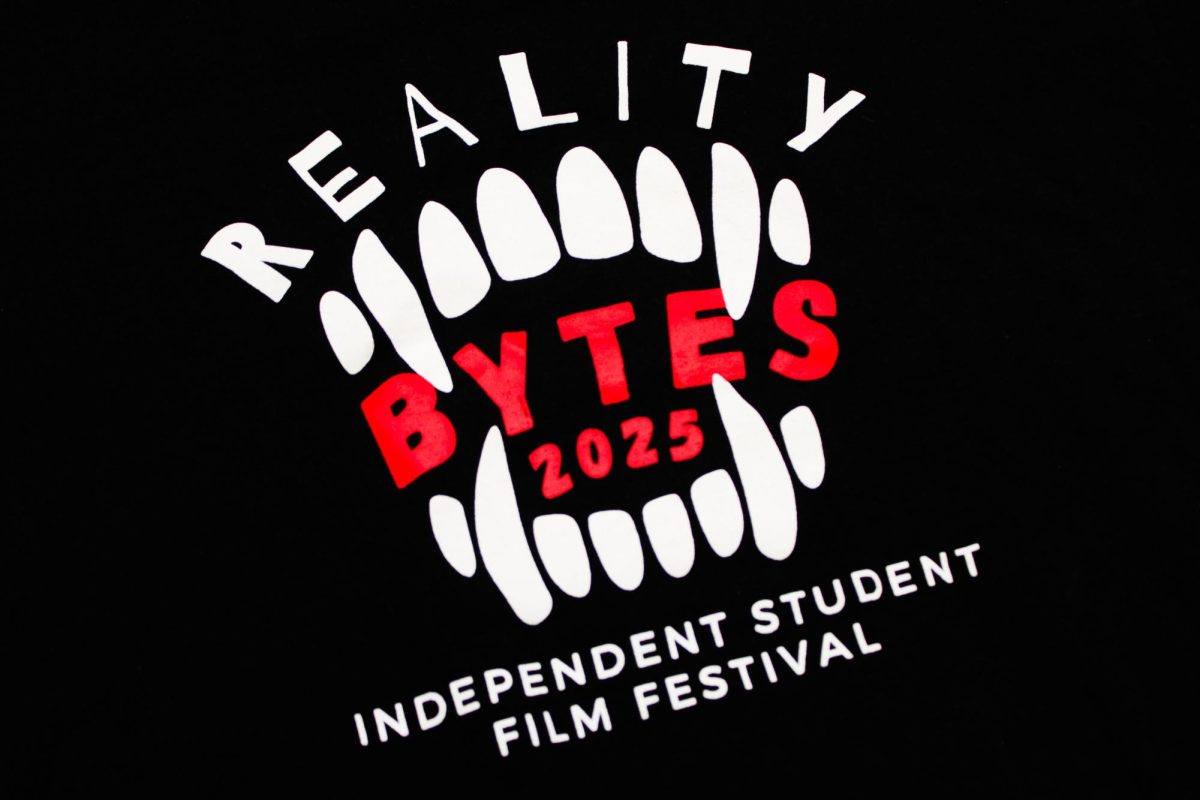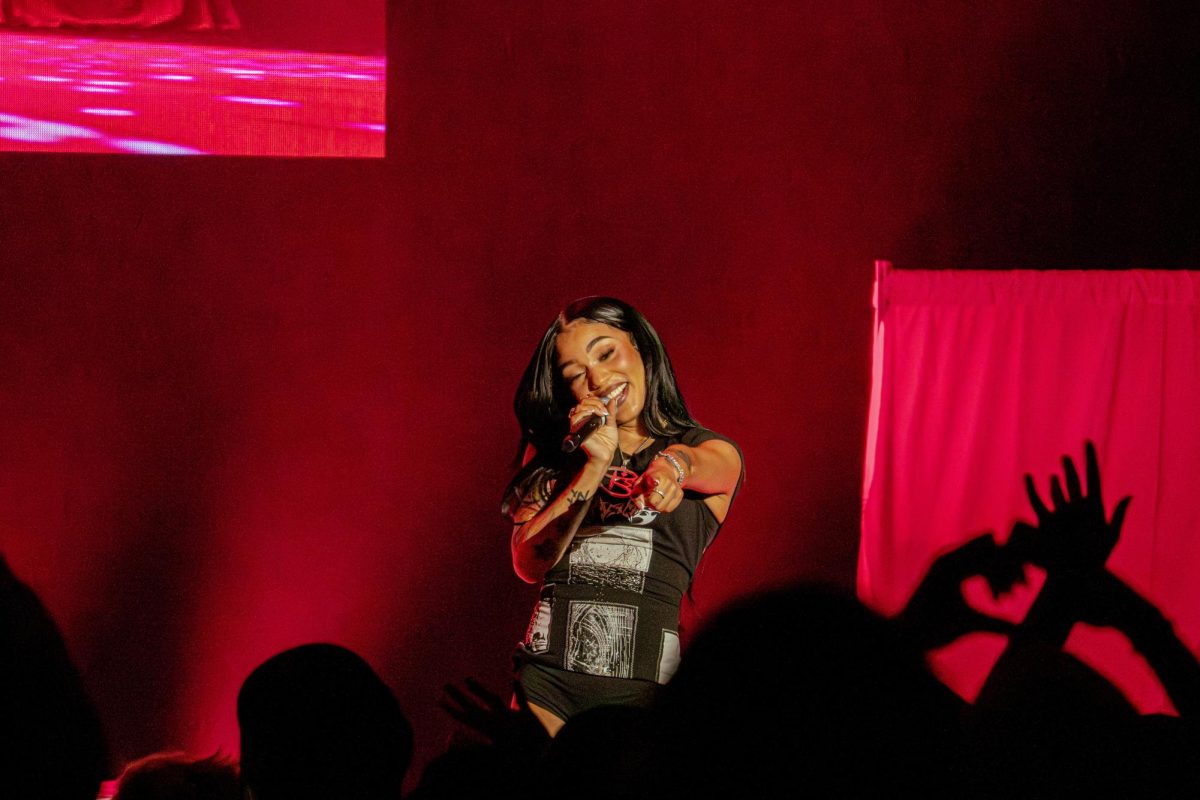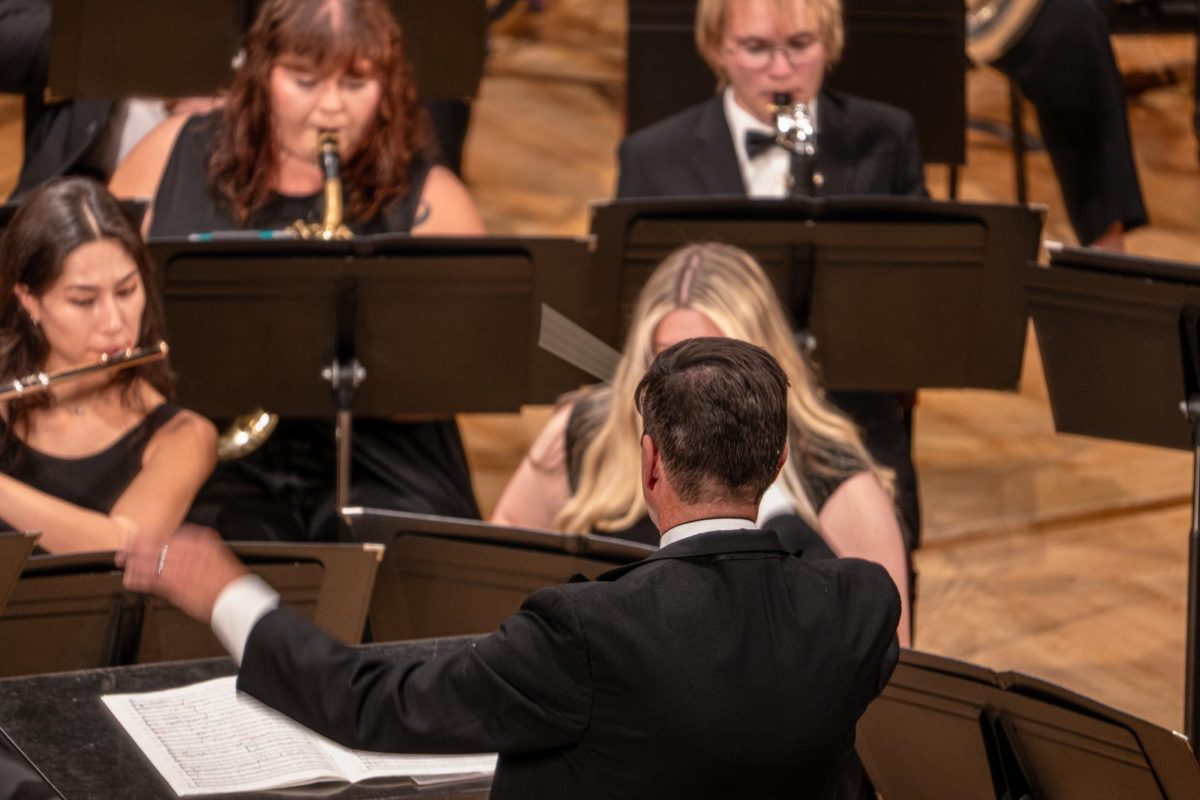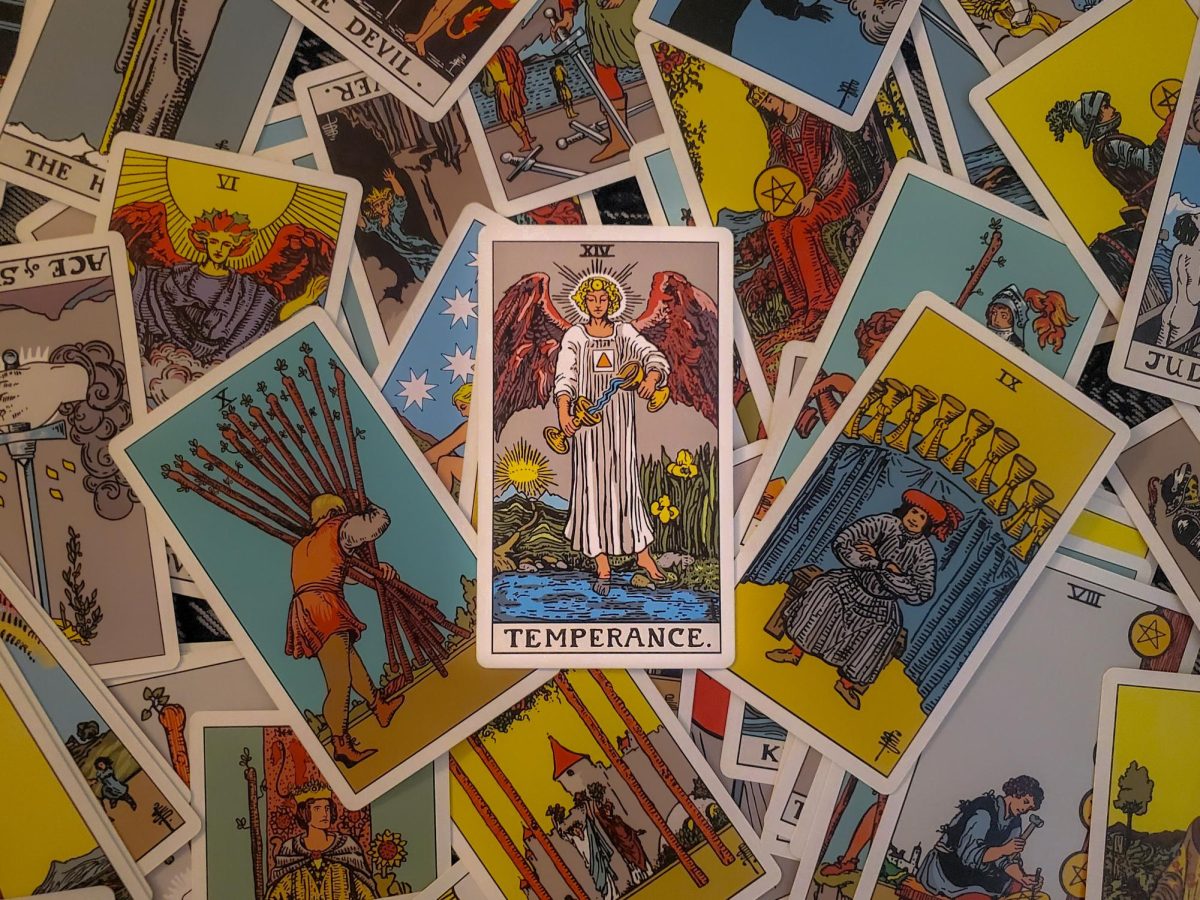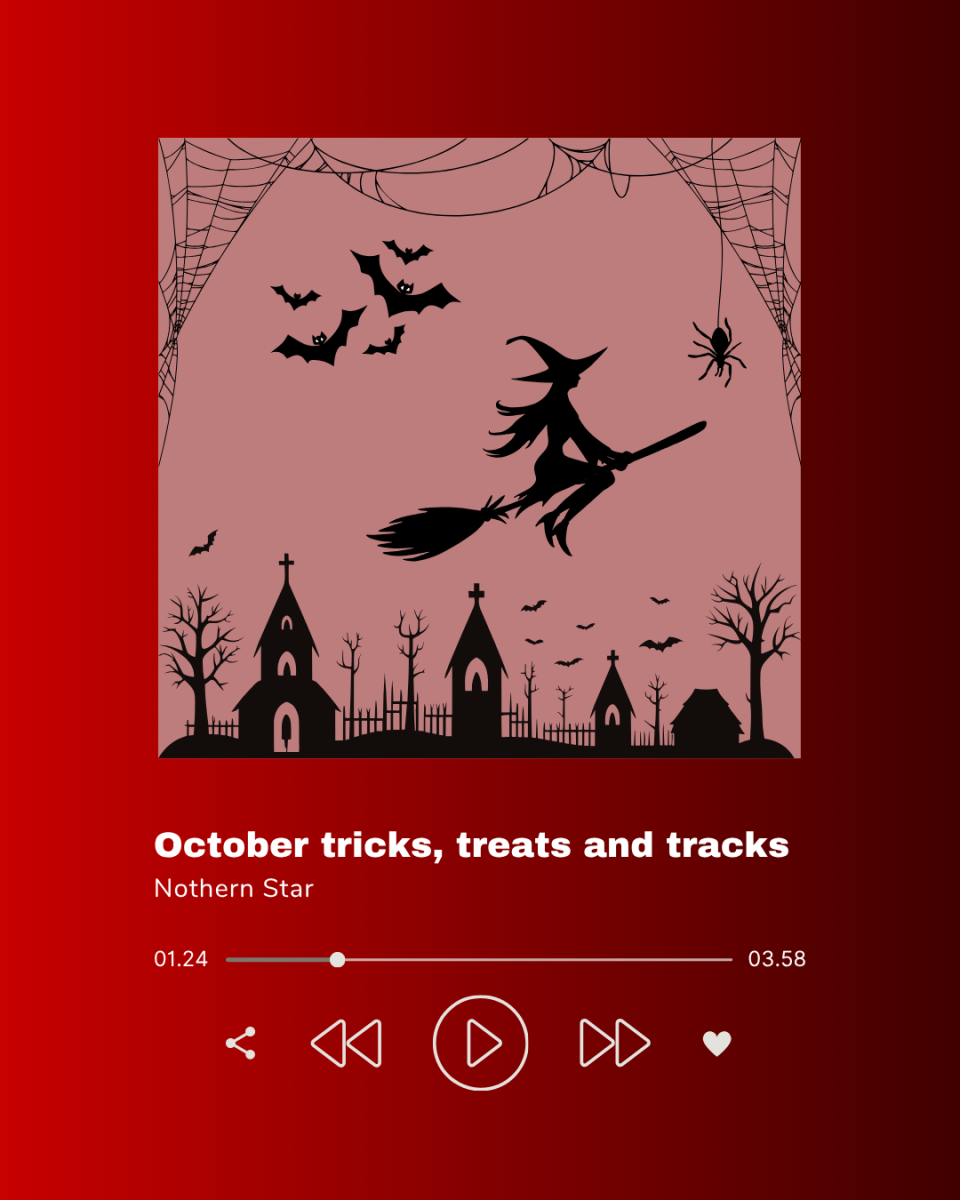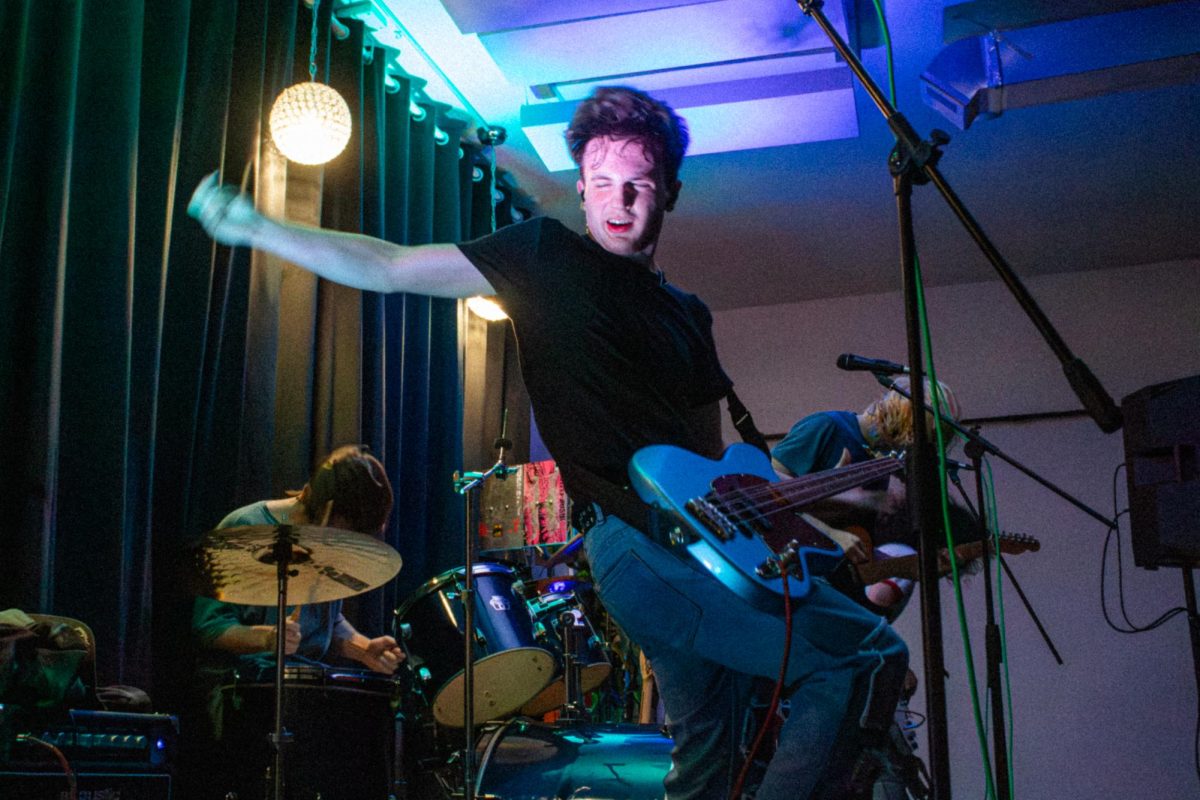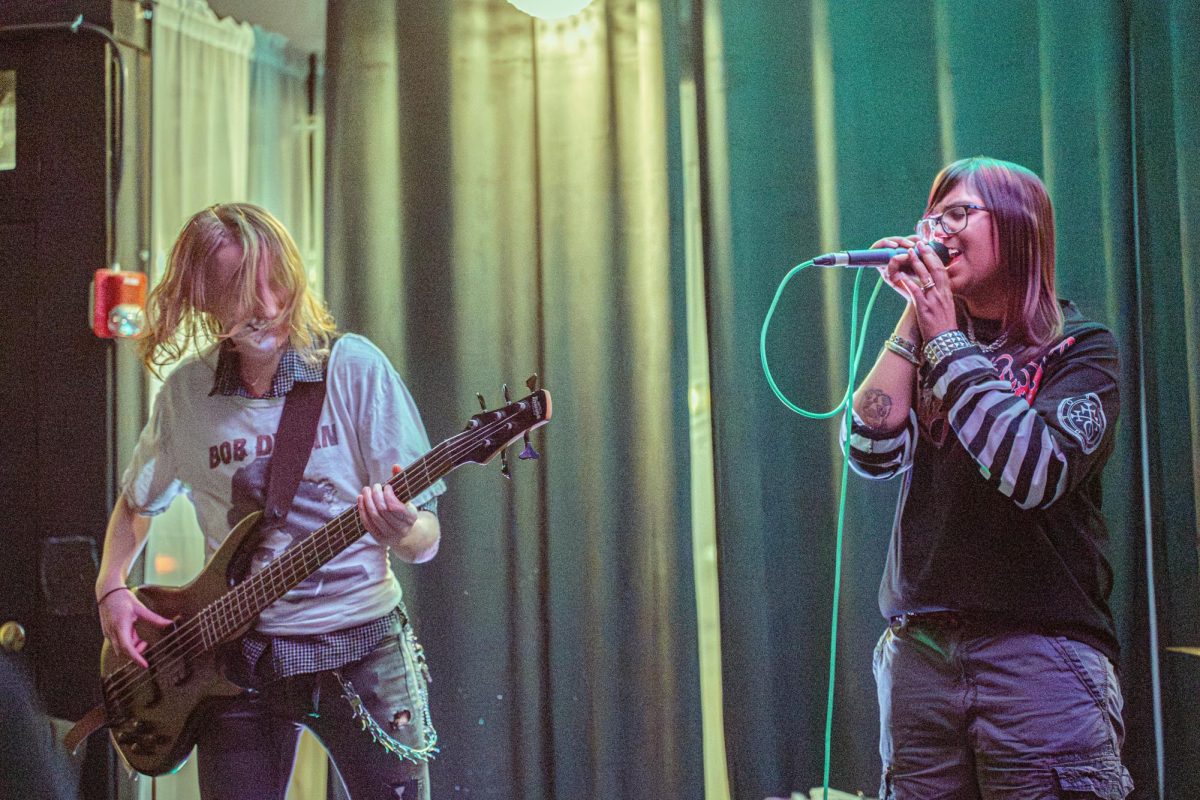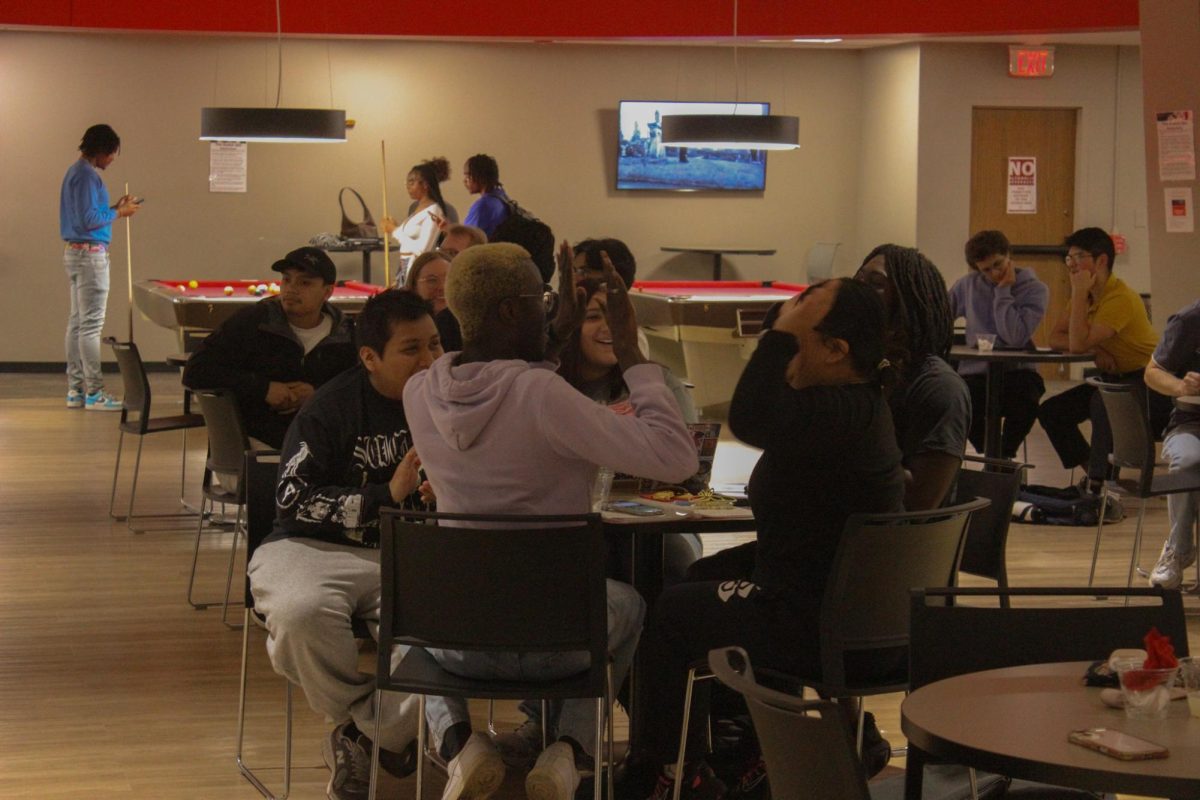What do red Solo cup toting country boys jamming out to the Zac Brown Band’s “Chicken Fried,” the rock icon David Bowie and an ancient Greek soldier all have in common?
No, this isn’t the setup to some corny dad joke – though if anyone can think of one, please let me know; all three donned the mullet.
The short-in-front and long-in-back hairstyle was made famous to the previous generation of mullet-havers by the likes of ‘80s hockey players and, of course, Billy Ray Cyrus – who, as we know, wants his mullet back.
However, the haircut, which has recently regrown in popularity, has a history that features more than meets the eye … or hair, I guess.
“I don’t know if this will be like the ‘80s, but I think the mullet is here to stay a little longer because of, there’s, like, so many different versions now,” said Kevin Begola, the founder of the USA Mullet Championships.
Before its status as country legend, queer icon and high fashion darling, the mullet was a practical haircut.
Maintaining all practicality of short hair, the mullet gave soldiers throughout history their long majestic hair which commanded respect and removed the most dangerous element of it: No one can pull the long hair in the front.
Mentions of the mullet in this stage of the haircut’s history are well-known. Anyone worth their salt who talks about mullets pulls out Book 2, Line 633 from “The Iliad,” which describes the Greek tribe of the Abantes who had “their forelocks cropped, hair grown long at the back.”
But, the mullet as we know it didn’t emerge into popular culture until David Bowie and other rockers pushed the haircut toward this more DIY style.
Bowie, looking to change up his appearance to better embody his sort of alien character Ziggy Stardust, dyed his hair and chopped off most of the hair in the front, leaving the back of his neck with a nice feathering of hair, perfect to blend the assumed masculine short hair in the front with the feminine in the back.
The look blended the lines of identity, perfect for an alien who doesn’t fit into our world.
The mullet before its role as a country icon was a queer haircut, emboldening communities with a hairstyle so wacky and bold that it was impossible to ignore.
“The undercurrent of it, and kind of the true mullet, and the most interesting mullet to me is that kind,” said Rachael Gibson, better known as The Hair Historian, a London-based content creator who looks at the history of the beauty industry. “It’s the Joan Jett; it’s the fact that throughout queer culture it never really went away. And like now, everyone’s talking about mullet resurgences, and it’s like it didn’t go away for some people.”
The mullet, as we know it today, stems from queer culture. It stood to say that any wearer’s identity does not have to cohere with what society says. The mullet, in its ugly and glorious mixture of styles and conceptions of gender, is thus the perfect symbol of being outside of the box, of not fitting in.
The thing is even experts like Gibson will harp on the look of the mullet. It is objectively ugly, but that is the point of it.
“It’s a silly haircut, and it requires going to the salon, it requires – in the ‘80s at least – using hairspray, like maybe you’re getting a perm,” Gibson said. “You’re doing all this stuff to it, and that’s at the time when it’s being associated with these super manly men which is a strange leap we all took to take.”
The haircut, at least in the ‘80s, was known for its masculine allure. But, looking at how highly stylized and manicured the mullet is, it can be surprising that in a society known for rigid gender norms, the haircut was seen as an acceptable choice.
Yet within this ugliness, within this hairstyle that has been reclaimed by two sets of people on the margins of society is a community that stands strong with their mullets.
“I always relate the mullet people to kind of like the Jeep community,” Begola said. “So, the Jeep community is like hardcore, they buy everything with Jeep on it, they run into each other and they’re like the happiest people. Mullet people are very similar to that.”
The mullet is ugly and raucous and everything that all its detractors may say it is, but it is also a symbol of not fitting in, gender queerness and utmost confidence.
Put down your pitchforks and turn off your hair clippers because the mullet, while the return of a trendy haircut, is far more than short in the front and long in the back; it’s a choice to live the mullet lifestyle.


